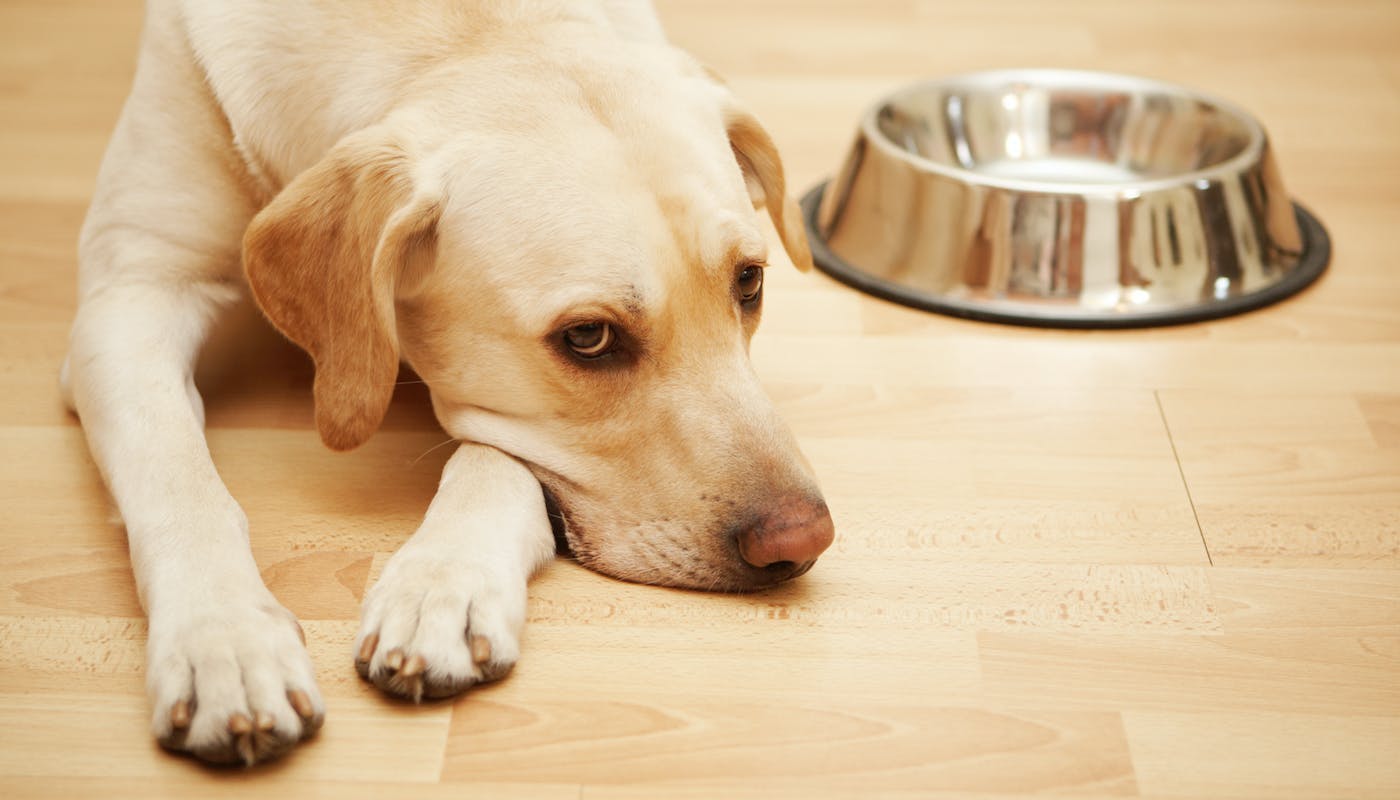Why Your Dog is a Picky Eater
Understanding Why Your Dog Is a Picky Eater
When you feed your dog, they eat slowly, leave most of the bowl or refuse to eat at all. After trying multiple brands and taking your furry friend to the vet, you've learned your dog is a picky eater. While you're relieved there's no need for medical treatment, wasting dog food and coaxing your pet to eat grows more frustrating by the day.
If your dog is particular about their food, a few minor adjustments could establish a feeding routine that improves health and maintains weight. Learn about your canine companion's needs, then pick up food that encourages good eating habits.
What Are Possible Reasons for Why Your Dog Is a Picky Eater?
Personal and environmental factors can affect an animal's appetite. According to Puppy in Traininghttps://puppyintraining.com/my-dog-is-a-picky-eater-and-wont-eat/, these factors could make your dog a picky eater:
- Food with an unpleasant taste or texture
- Boredom with eating the same food every day
- Spoiled food your dog knows not to eat
- A bad experience, like a bout of food poisoning, that made your pet reluctant to eat the same food again
- Stress or anxiety from a trigger like a thunderstorm
- Treats and table scraps between meal times that make your dog full
The American Kennel Clubhttps://www.akc.org/expert-advice/nutrition/why-is-my-dog-a-picky-eater/ also notes genetics can play a role. Some breeds, like Labradors, have insatiable appetites. Other breeds don't eat much in one sitting. Talk to your vet about your dog's breed — they might just be genetically inclined to eat less.
What Should You Do if Your Dog Is a Picky Eater?
If your dog is a picky eater, create a strict mealtime schedule to encourage them to eat. Avoid giving treats or table scraps, and don't keep their bowl full throughout the day. Instead, feed your pet at the same time every day. Fill their bowl, let them eat for up to 20 minutes, then remove the bowl afterward.
Even if your dog doesn't eat, stick to the schedule instead of leaving out the bowl. Eventually, your pet should realize they can't rely on grazing and table scraps anymore. They'll stop being picky and be more likely to eat whenever you feed them. Sticking to a feeding schedule also helps you schedule other tasks throughout the day, like training, going for a walk and using the bathroom.
Along with making a routine, give your dog food they'll want to eat. If they've eaten the same dry kibble for the past few years, try air-dried food/food with natural ingredients. Your dog may prefer the taste and texture, making them eager to eat their meals on schedule. Additionally, new food won't have the same negative associations your animal might have experienced with their current chow, like getting sick or being spooked during a thunderstorm.
Where Can You Get Healthy Dog Food for Picky Eaters?
If your dog is a picky eater, Front of the Pack sells dog food made with a healthy diet in mind. Shop food, supplements and treats made from natural ingredients/ingredients like organic chicken, whole eggs and Alaskan salmon that can appeal to even the pickiest of canines.
